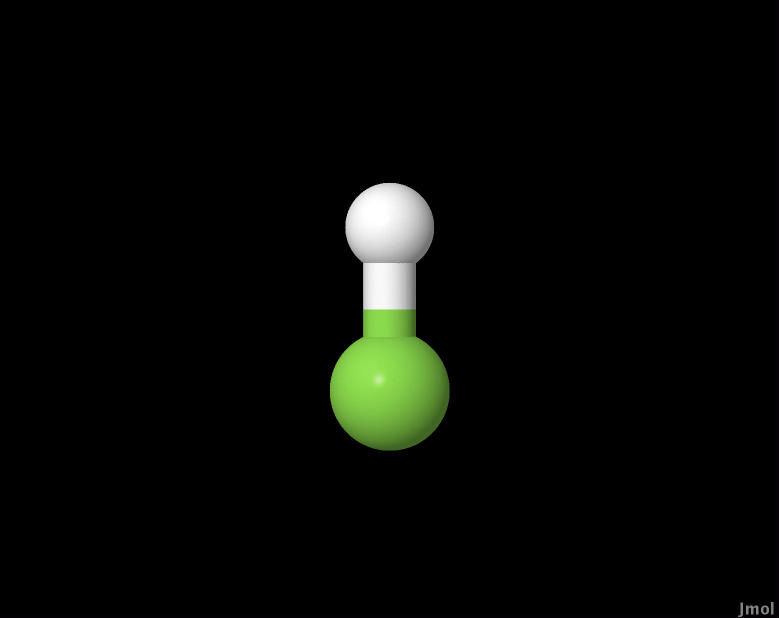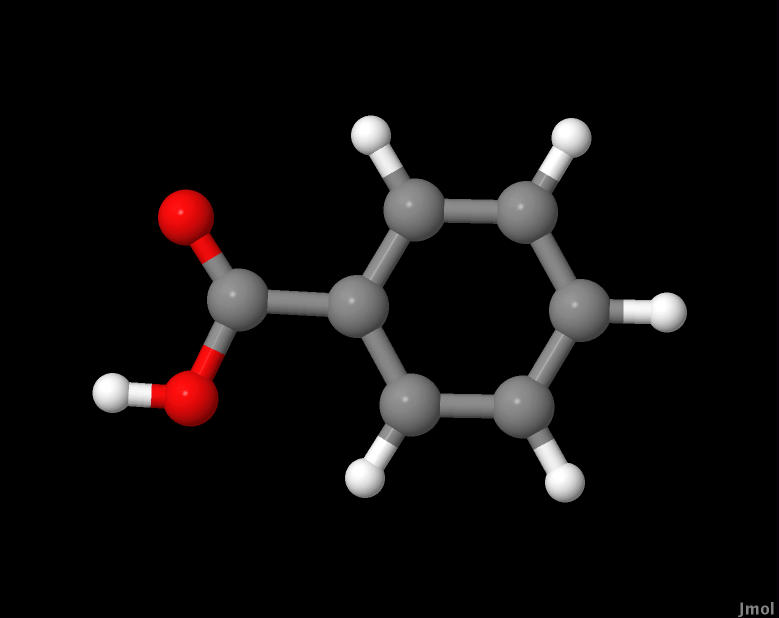The electronic
structure of a molecule can determine how it
reacts. If you can figure out the location of the electrons and their
energies
within the molecule, you may be able to predict useful properties of
the
molecule. These properties include: molecular dipole moment,
polarizability,
vibrational frequencies, probability of absorption of visible light,
and the
tendency to donate electrons in a reaction. Computers allow us to
determine
these properties of the molecule in a timely manner compared to pen and
pencil
calculations. Computers improve the predictions of geometries and
energies.
Software packages, like the ones used in this experiment, help save
money but mainly
time. By using different softwares in this experiement, different
levels of theory were compared and analized.1 The
softwares used in this experiment were GamessQ, Jmol, and MacMol.
| Hydrogen Fluoride |
Formaldehyde |
Benzoic Acid |
 |
 |
 |
| Vibrational
Frequencies |
Vibrational
Frequencies |